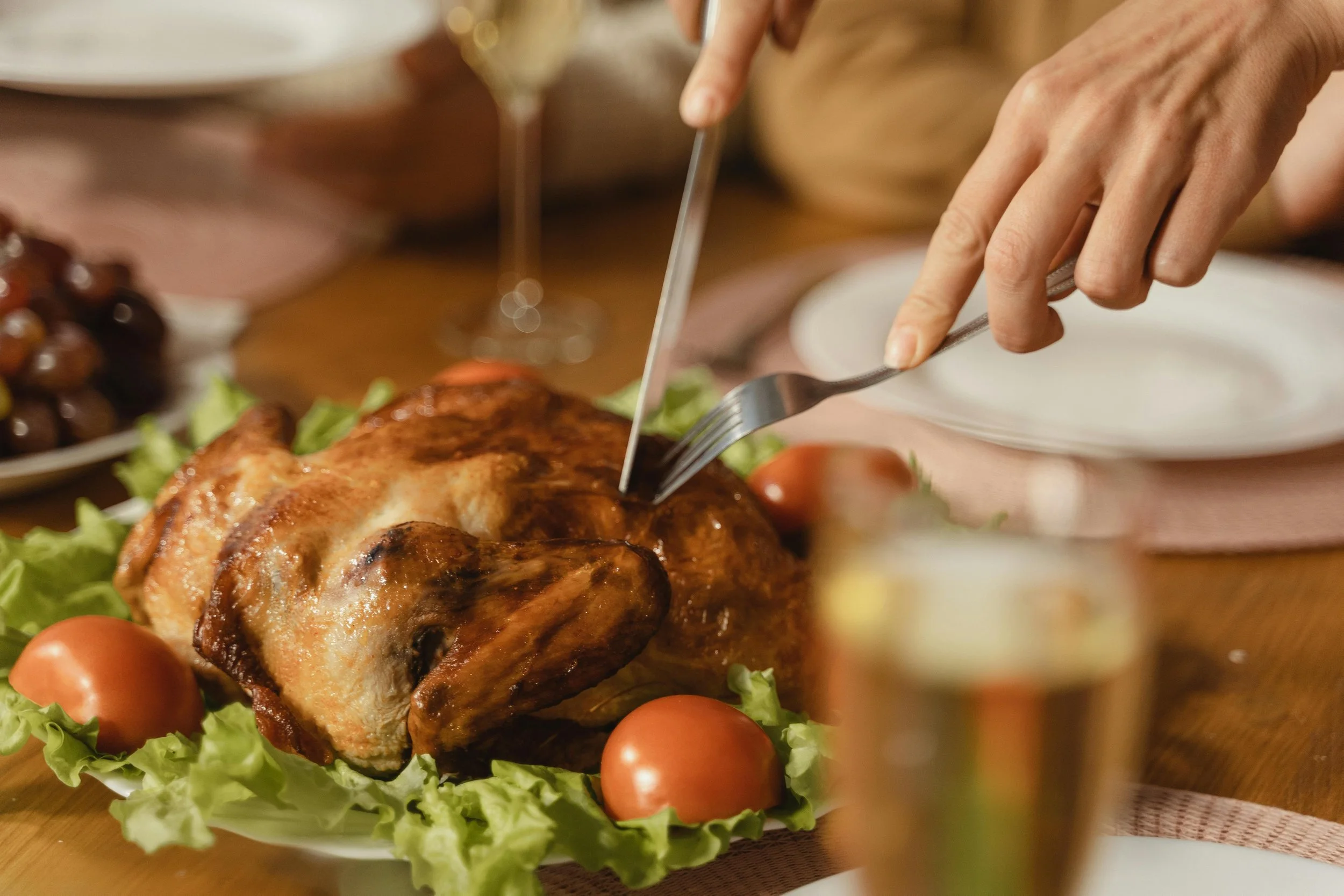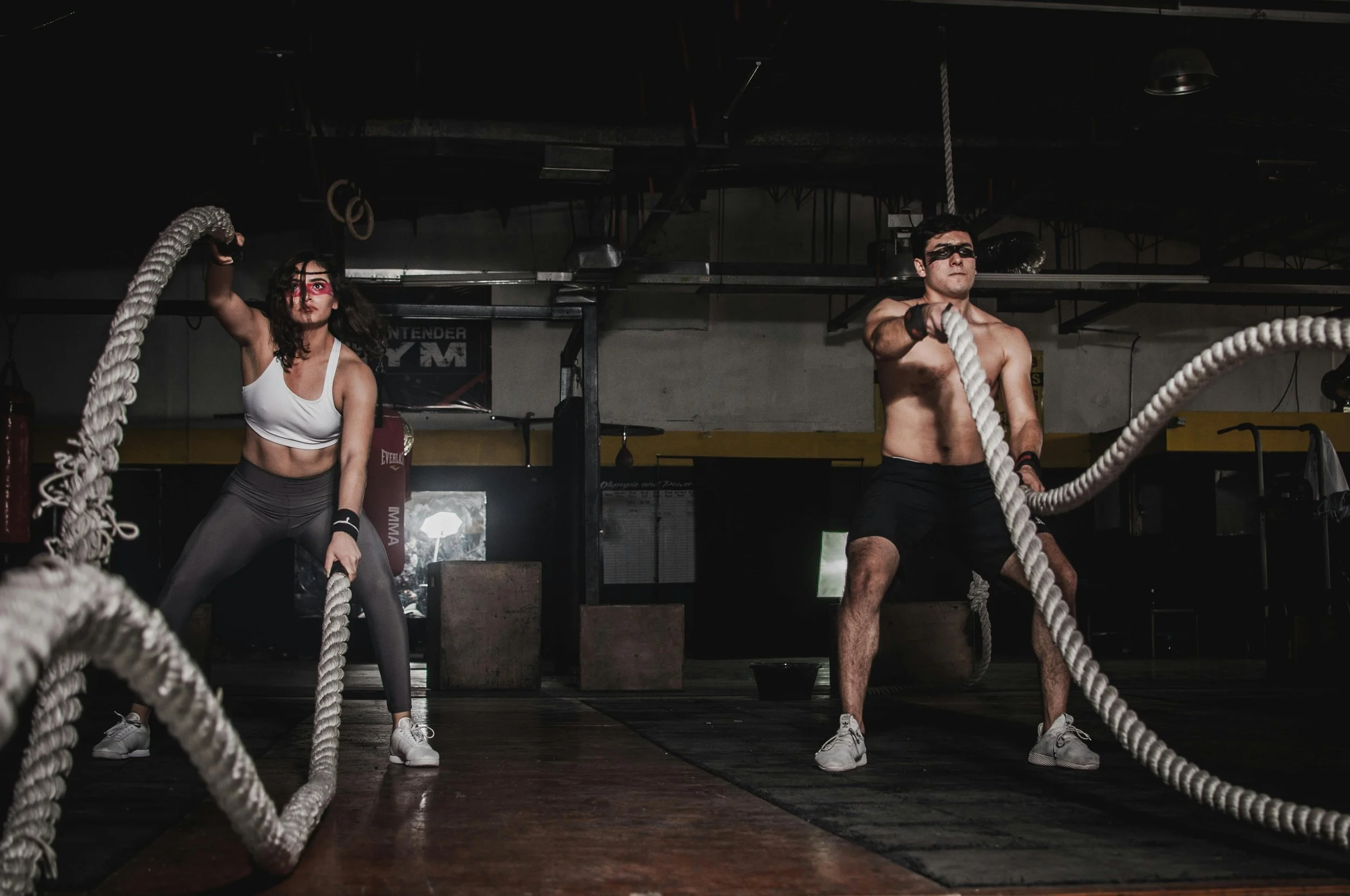Should You Work Out Before Thanksgiving Dinner?
/Photo by Tima Miroshnichenko: https://www.pexels.com/photo/a-person-holding-stainless-steel-fork-and-knife-slicing-cooked-meat-5591234/
There are many benefits to fitting in a workout the day of a big holiday meal, and they have nothing to do with burning calories or “earning” your food.
“I think individuals should enjoy their holiday meals without the stress of exercising to ‘earn the calories,’” says Corey Carson, M.D., a Sports Medicine and Family Medicine physician with Piedmont Physicians of Marietta.. “Humans are made to move, and exercise has many positive effects on your mental and physical health.”
The immediate upsides of moving your body before or after a decadent meal include:
Better blood sugar regulation and insulin sensitivity. Regular physical activity is essential to maintaining healthy blood sugar levels. When your blood sugar is balanced, you’ll feel more satisfied with your meals and maintain steady energy levels.
Better mental health. Exercise has been shown to boost feel-good hormones called endorphins and improve symptoms of stress, anxiety and depression.
Lower blood pressure.
Improved sleep.
Clearer thinking and judgment.











